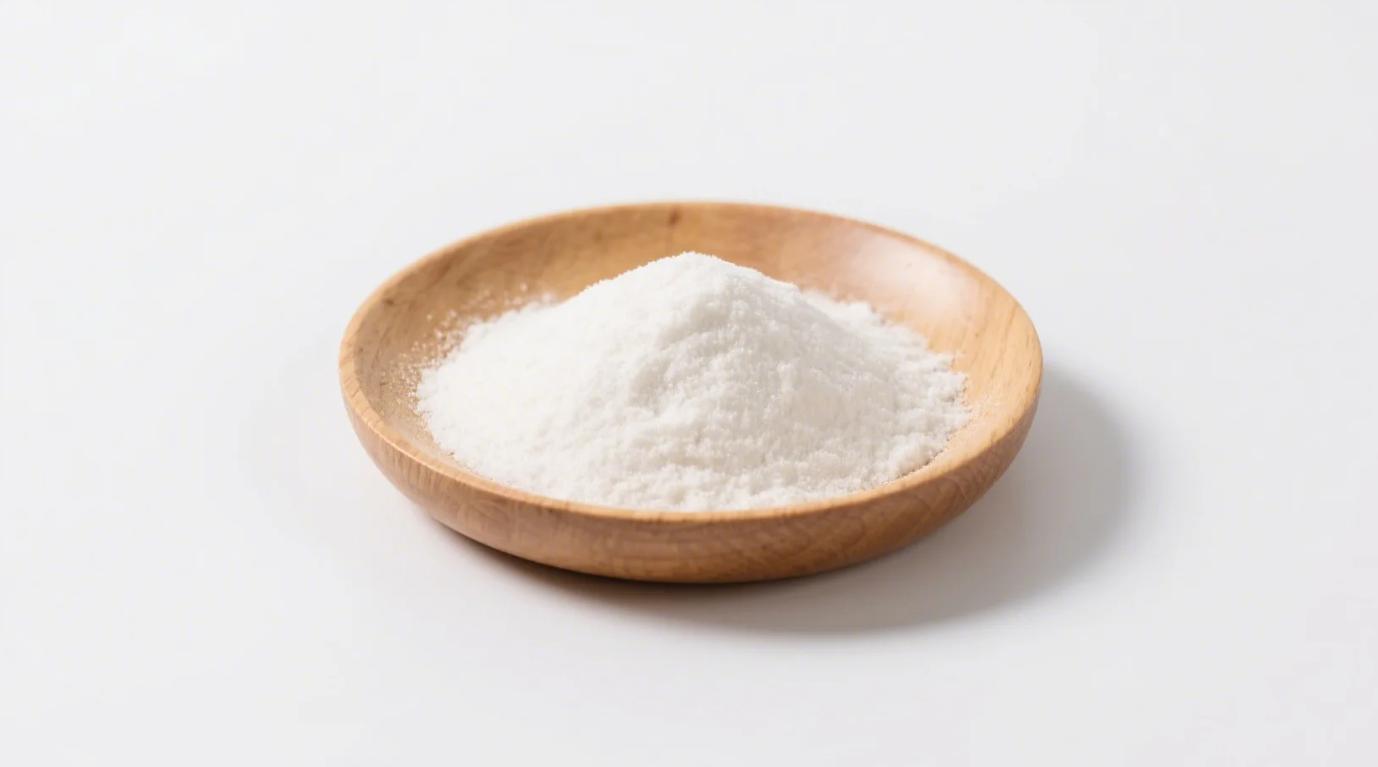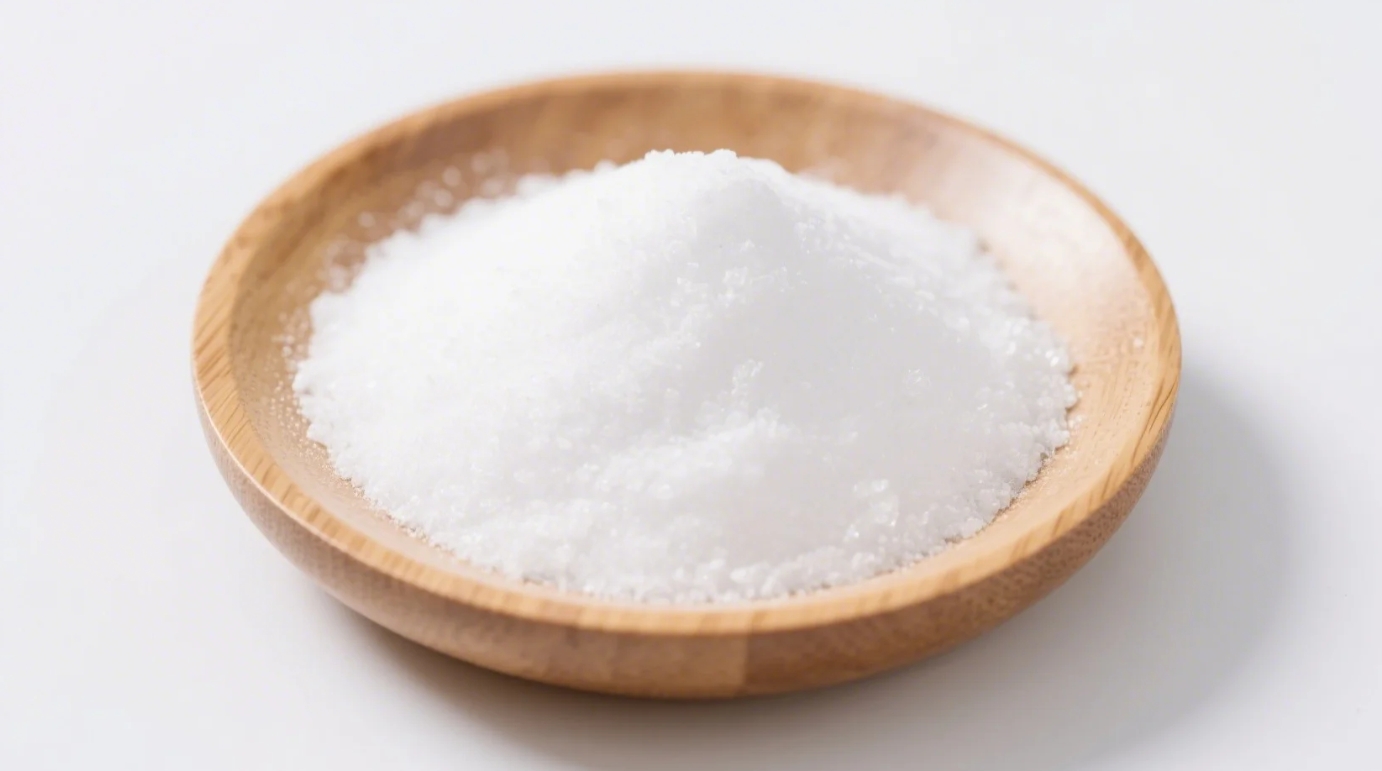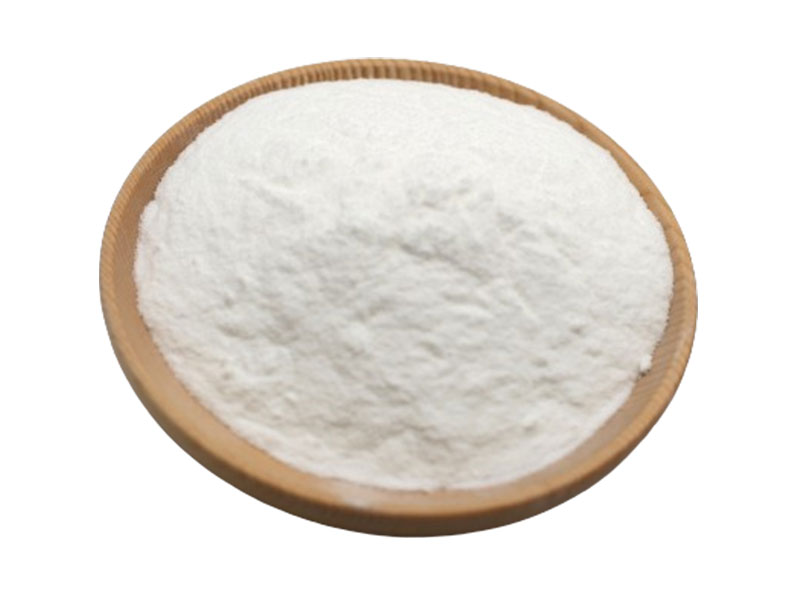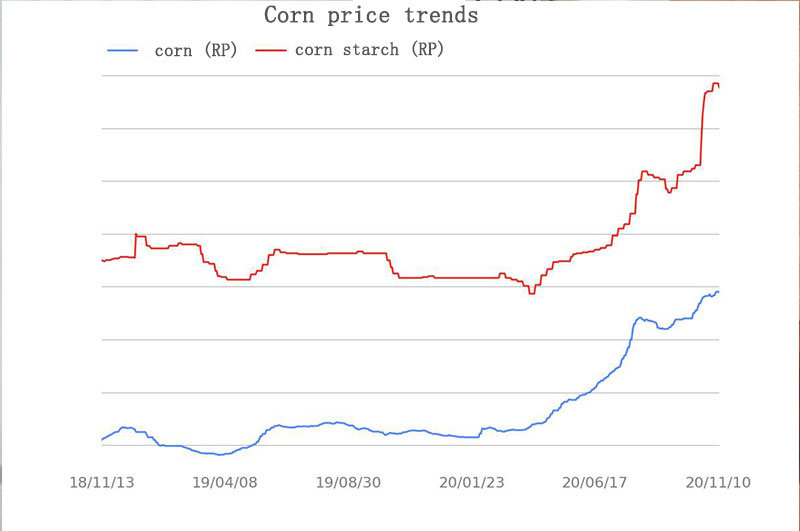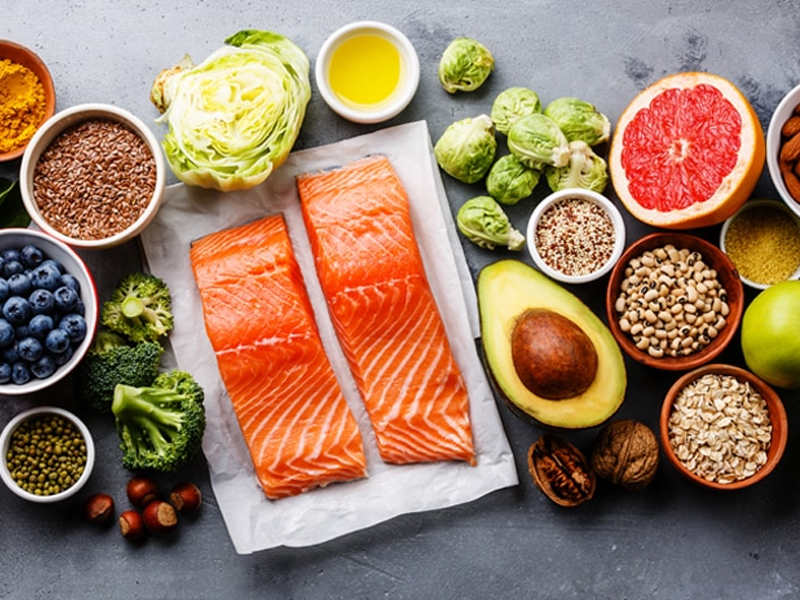Organic isomaltulose powder has sparked confusion: Is it another lab-made sweetener? Science reveals why it’s the antithesis of artificial alternatives—harnessing nature’s slow-release genius while dodging synthetic chemistry. Let’s demystify.
Myth Buster: Not Artificial, But Enzymatically Transformed
(Nature’s “Smart Sugar” Blueprint)
- Born from Beets: Isomaltulose naturally exists in honey and sugarcane juice
- Production Process: Enzymes (from non-GMO microbes) rearrange sucrose molecules → converts to isomaltulose without synthetic chemicals
- Certified Organic: Requires non-GMO beets + organic enzyme processing
Artificial Sweetener Comparison:
| Sweetener | Source | Chemical Process |
|---|---|---|
| Organic Isomaltulose | Sugar beets/honey | Enzymatic rearrangement |
| Sucralose (Splenda) | Chlorinated sucrose | Synthetic chlorination |
| Aspartame | Phenylalanine/aspartic acid | Petrochemical synthesis |
3 Unique Powers Synthetic Sweeteners Lack
1. Slow-Release Energy Intelligence
- Digests 4x slower than sucrose → steadies blood sugar for 3-4 hours
- Real impact: Diabetics using organic isomaltulose powder saw 29% fewer glucose spikes than sucralose users (Diabetes Care Journal)
2. Gut-Brain Symbiosis
- Feeds Bifidobacteria → produces butyrate (gut-healing acid)
- Zero fermentation gas → unlike sugar alcohols (erythritol/xylitol)
3. Dental Guardian
- Non-acidogenic: Oral bacteria can’t metabolize it → reduces cavities 54% (vs. sucrose)
The Organic Certification Difference
Non-organic isomaltulose risks:
⚠️ GMO beet sources (93% of conventional beets are GMO)
⚠️ Synthetic solvents in processing (e.g., hexane)
⚠️ Glyphosate residues disrupting gut microbiota
Organic ensures:
✅ Non-GMO substrate + organic enzyme culturing
✅ Solvent-free purification (steam distillation only)
✅ Third-party heavy metal/toxin testing
Usage Scenes Where It Shines
| Application | Why Choose Organic Powder | Artificial Sweetener Failures |
|---|---|---|
| Athletic Fuel | Sustained energy without crashes | Aspartame → headache risks |
| Diabetic Baking | Caramelizes like sugar (Maillard reaction) | Sucralose breaks down above 350°F |
| Probiotic Synergy | Boosts bifidobacteria growth 3x | Saccharin kills Lactobacillus |
Recipe Tip: Replace 70% sugar with organic isomaltulose powder in cookies → reduces glycemic load by 52%.
Safety Profile: No “Artificial” Side Effects
(Backed by 200+ Studies)
- EFSA/FDA Approved: Generally Recognized As Safe (GRAS)
- No upper limit (unlike aspartame’s 50mg/kg cap)
- Metabolizes fully → no gut-undigested residues
Reported Issues:
☹️ Mild laxative effect only above 50g/day (vs. sugar alcohols at 10g)
Sustainability Edge
Organic isomaltulose production:
♻️ Upcycles imperfect beets (reduces farm waste)
♻️ Enzymes biodegrade → zero chemical runoff
♻️ 30% lower carbon footprint than refined sugar
DIY Test: Spot True Isomaltulose
Mix 1 tsp organic isomaltulose powder with:
- Warm water + yeast → no fermentation (yeast ignores isomaltulose)
- Vs. sucrose: Yeast rapidly produces CO₂ bubbles
That silence? Proof it dodges microbial chaos—unlike sugars that feed frenzy.
”Calling isomaltulose ‘artificial’ is like calling yogurt ‘chemical’—both use natural microbial alchemy to upgrade nutrition.”
– Dr. Robert Lustig, Metabolism Expert
The Final Verdict
Organic isomaltulose powder is not an artificial sweetener—it’s nature’s upgraded carbohydrate. While synthetics disrupt biology, isomaltulose collaborates with your metabolism and microbiome.
Smart Swap Guide:
- Replace sucralose/aspartame → organic powder for baking/coffee
- Avoid maltodextrin energy gels → mix powder + sea salt for endurance
- Upgrade sugar-laden granola → bind with isomaltulose’s caramel magic
This isn’t chemistry lab trickery—it’s kitchen alchemy honoring nature’s genius. One spoonful delivers proof: “Smart sugar” exists beyond artificial shortcuts. ?
Related Products
Organic Isomaltulose
Slow-Release, Low-Glycemic Carbohydrate for Functional Foods & Energy-Sustaining Formulations
Organic Xylitol
Natural Sugar Alcohol for Tooth-Friendly, Low-Glycemic Formulations
Organic Maltodextrin Powder
Versatile Clean-Label Carbohydrate for Food, Beverage & Nutraceutical Applications
